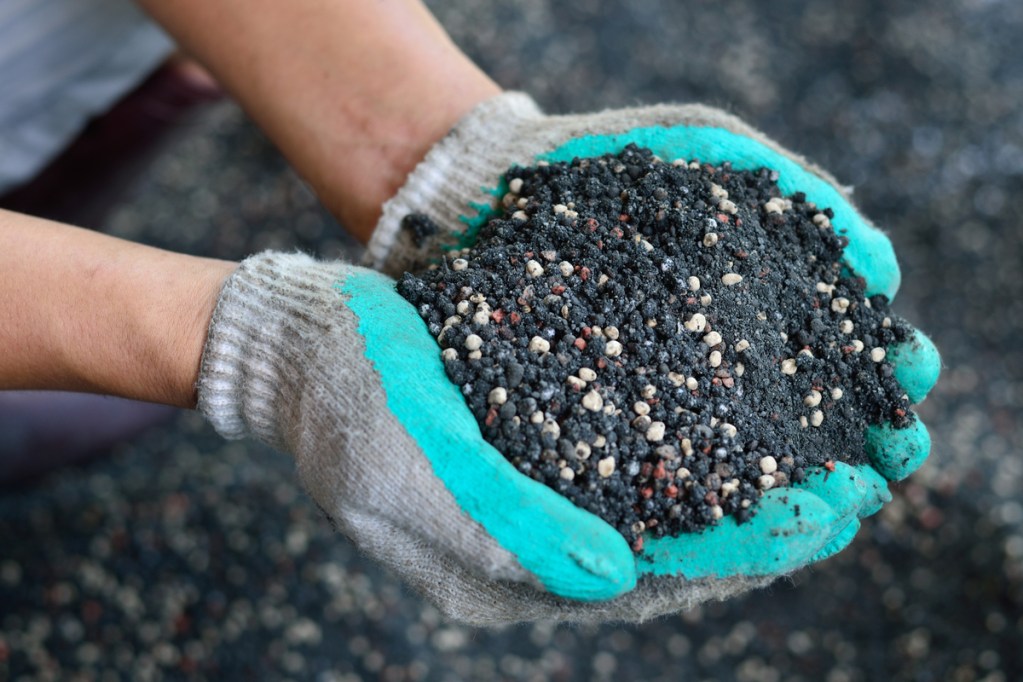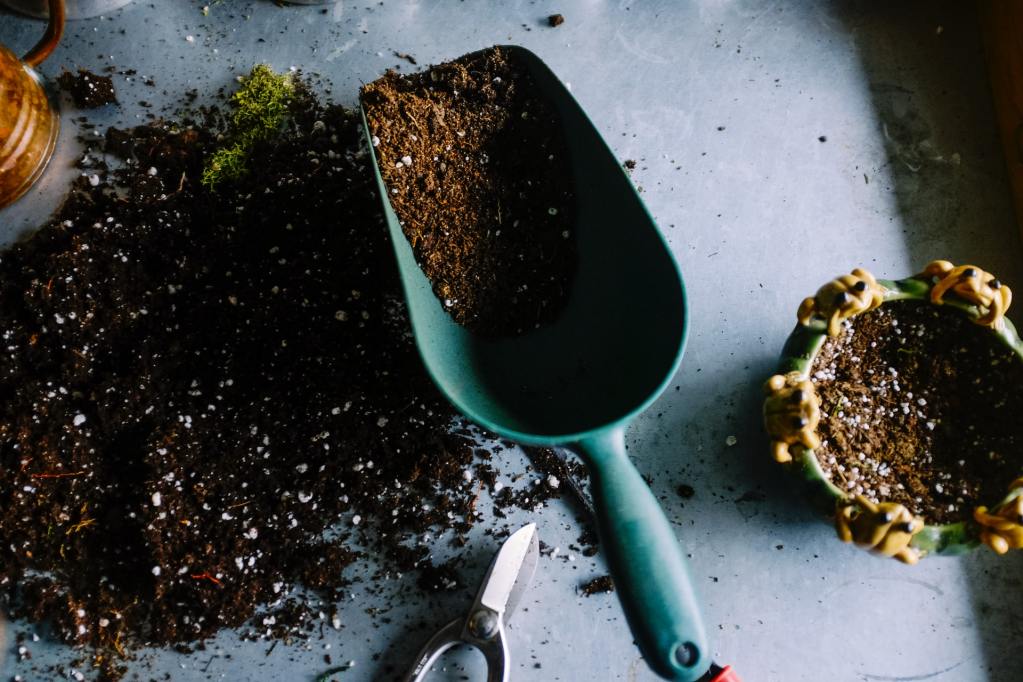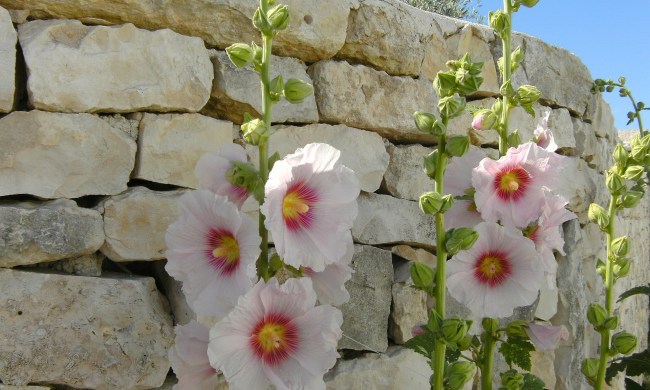When it comes to plant care, there are many different additives you can mix into soil to improve your plant’s health. Keeping track of what each additive does and figuring out which one is best for your plants can be tricky. Perlite is one common soil additive that you might be wondering about. What is perlite, how does it help your plants thrive, and are there any risks or drawbacks you should know about? This guide to perlite soil will answer all your questions, so you can decide if perlite is right for your plants.
What is perlite?

You might be familiar with perlite as a common additive found in potting soil. If you’ve ever been repotting a plant and found little white beads that feel a bit like Styrofoam, that was perlite. Despite its foam-like texture and color, perlite is actually a type of volcanic glass. It is naturally occurring and has high water content.
When the perlite is superheated, the water expands rapidly into steam, causing the perlite to puff up like popcorn. This is what gives garden perlite that unique texture. This process also makes expanded perlite lighter and softer than other volcanic glasses. It’s used in a number of industries in addition to gardening, such as construction, cosmetics, and filtration.
How does perlite benefit plants?

Perlite offers several benefits to your plants once it’s mixed into the soil. The act of mixing the soil, plus perlite’s lightweight and porous nature, prevents the soil from becoming compacted. Loosening up the soil improves its drainage and aeration, allowing water and air to reach your plant’s roots. It also helps excess water drain out of the soil, decreasing the odds of waterlogged soil and helping prevent overwatering and fungal infections.
Perlite also improves water retention. While it might seem odd that perlite improves both drainage and retention, the explanation is actually quite simple! Perlite absorbs some water, letting the rest drain away. Then, the perlite releases some of the absorbed water slowly as the soil dries. This helps keep your plants hydrated during droughts while stopping them from being overwatered during rainstorms.
Are there risks or drawbacks?

Perlite is generally considered safe and effective, and there aren’t many drawbacks or risks to consider. In large quantities, the improved drainage can cause the soil to dry out too quickly. However, this is easy to avoid by using smaller amounts of perlite. Perlite’s soft texture also makes it easy to crush, and crushed perlite won’t benefit your plants. While perlite isn’t so soft that it is likely to be crushed by the weight of the soil, it can potentially be damaged in transit or before added to your soil, so handle it with care.
A bigger concern for most gardeners is the other compounds and chemicals perlite can sometimes contain. Crystalline silica, fluoride, and aluminum oxide can all be found in very small amounts in perlite. Crystalline silica is a health hazard for humans if inhaled, but the risk when handling perlite is minimal.
Using perlite outdoors or in a well-ventilated space and wearing a face mask further mitigates this risk. The risk to your plants from fluoride and aluminum oxide is also minimal. Unless you’re using a large quantity of perlite and your plants are highly sensitive to it, you shouldn’t notice any change to your plants’ health.
Perlite alternatives

Vermiculite is one alternative to perlite. It has many of the same benefits as perlite, but it’s more absorbent. However, it also comes with more drawbacks, such as being a potential skin irritant and a low (but not non-existent) risk of containing asbestos. Some gardeners use Styrofoam as an alternative to perlite, but while they may have similar textures, they are vastly different materials. Styrofoam is not a natural material or biodegradable and can harm the environment if mixed into the soil. Styrofoam is also not effective as a soil additive.
Pumice is generally considered a good alternative to perlite, as it provides similar benefits. However, it is more expensive and less readily available. Chicken grit, a chicken feed supplement made from ground shells, granite, or flint, can be used to loosen compacted soil and improve drainage. However, it is not absorbent and will not improve water retention.
The most recommended perlite alternative is treated rice hulls. Rice hulls, also called husks, are the outer shell around rice grains. They protect the rice as it grows but are not edible. After they’re separated from the rice grains, rice hulls can be used for a number of other things, including as a soil additive! Since they are organic, they break down more quickly and will need to be replaced every two to three years.
Perlite is a useful soil additive, great for loosening up compacted soil and improving air circulation, drainage, and water retention. While there aren’t many drawbacks, there are also plenty of alternatives if perlite isn’t available where you live. Now that you know all the basic info about perlite, you’re ready to choose the ideal soil additive for your plants and garden!




